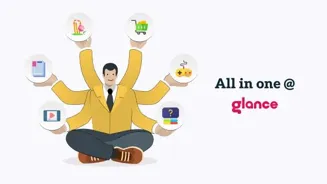From Bollywood to everyday life, confusing left and right is common! This exploration delves into the neuroscience behind this challenge and provides simple solutions. Ready to get your bearings?
Brain's Directional Map
The ability to discern left from right relies on complex brain functions. Areas like the parietal lobe are crucial for spatial reasoning. Difficulty with this might be due to variations in how these areas develop and communicate with each other. It's not a sign of lack of intelligence; it's about how the brain processes information.
Visual & Spatial Cues
Our brains often use visual cues to understand direction. Thinking about familiar landmarks or using the position of objects can help. Some people find that connecting left and right to a physical attribute, like the hand they write with, simplifies the task. Remember your 'L' for left!
Cultural & Contextual Clues
In India, directions are often conveyed using landmarks and relative positioning. Knowing which way the sun rises or the location of a specific temple can be helpful. In a diverse culture, understanding that different people may process spatial information differently becomes important, especially while giving or following directions.
Simple Memory Techniques
Mnemonics can be a lifesaver! Creating easy-to-remember associations helps. For instance, making an 'L' with your left hand can remind you which side is left. Practicing regularly strengthens these neural pathways. Even Ananya Panday could learn this!
Embrace the Confusion
It's okay to struggle sometimes. The world has many directions! Don't be afraid to ask for clarification or use tools like maps and GPS. With practice and these simple strategies, confidently telling left from right becomes much easier for everyone.












